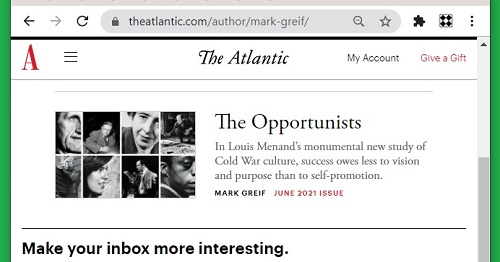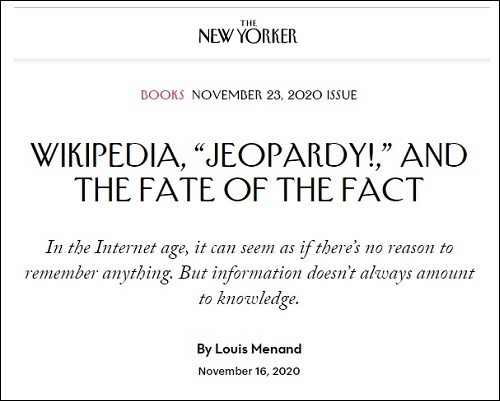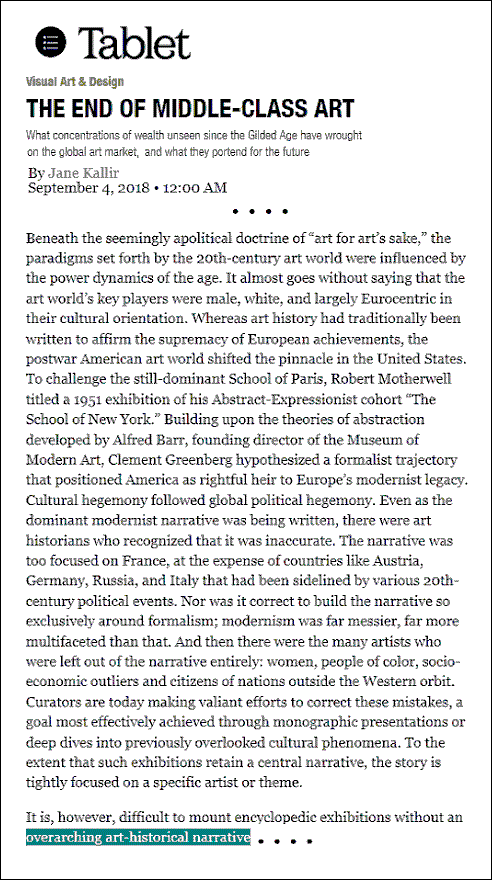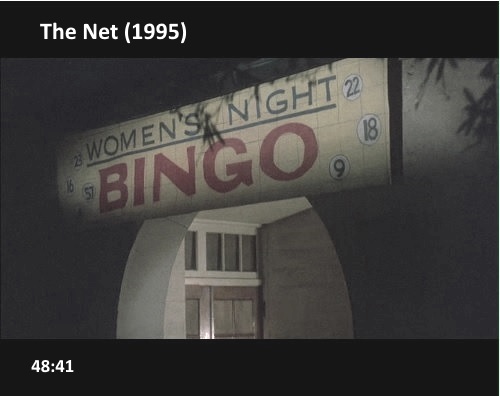In memory of Herbert Aptheker, theoretician of the American Communist Party, who died on St. Patrick’s Day, 2003 —
From The New Yorker, issue dated March 24, 2003, Louis Menand on Edmund Wilson’s To the Finland Station:
“Wilson did know what was going on in the Soviet Union in the nineteen-thirties, as his pages on Stalin in To the Finland Station make clear. The problem wasn’t with Stalin; the problem was with Lenin, the book’s ideal type of the intellectual as man of action. Wilson admitted that he had relied on publications controlled by the Party for his portrait of Lenin. (Critical accounts were available; for example, the English translation of the émigré Mark Landau-Aldanov’s Lenin was published, by Dutton, in 1922.) Lenin could create an impression of selfless humanitarianism; he was also a savage and ruthless politician—a ‘pail of milk of human kindness with a dead rat at the bottom,’ as Vladimir Nabokov put it to Wilson in 1940, after reading To the Finland Station. In the introduction to the 1972 edition, Wilson provided a look at the rat. He did not go on to explain in that introduction that the most notorious features of Stalin’s regime—the use of terror, the show trials, and the concentration camps—had all been inaugurated by Lenin. To the Finland Station begins with Napoleon’s betrayal of the principles of the French Revolution; it should have ended with Lenin’s betrayal of European socialism.”
From Herbert Aptheker, “More Comments on Howard Fast“:
“We observe that in the list of teachers whom Howard Fast names as most influential in his own life there occur the names of fourteen individuals from Jefferson to Bernard Shaw, Upton Sinclair to Marx, Douglass to Engels, but there is no room for Lenin.
He is, I think, an important teacher, too; indeed, in my view, Lenin is the greatest figure in the whole galaxy of world revolutionary leaders. He is, certainly, the greatest analyzer of and fighter against imperialism.”
For more on Howard Fast, see my entry
“Death Knell” of March 13, 2003.
For a look at the pail of milk, see
the New Yorker cover in Geometry for Jews.
For a more cheerful look at geometry
on this St. Joseph’s Day, see
Harry J. Smith’s
Tesseract Site.
“There is such a thing as a tesseract.”
— A Wrinkle in Time




























